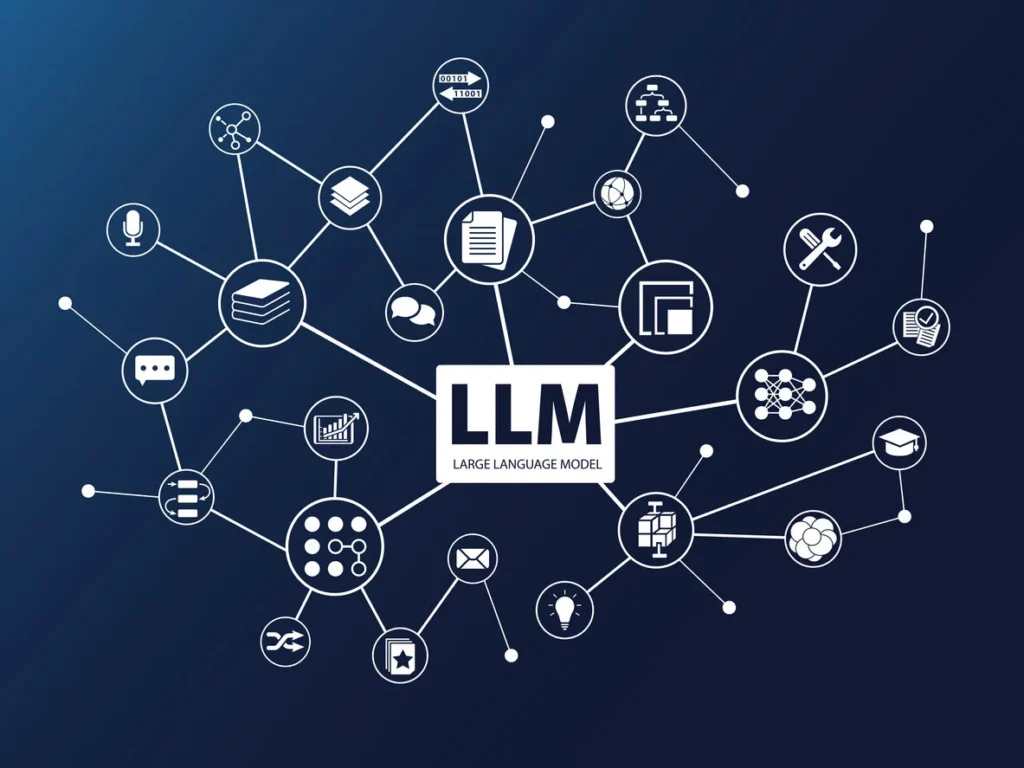Eptain, a fast-growing innovator in AI-powered IoT ecosystems, has officially launched a research initiative focused on implementing Large Language Models (LLMs) using Python—with the goal of developing domain-optimized, multimodal AI systems for real-world applications.
This move is a strategic step toward building proprietary language models that can power the next generation of intelligent assistants, predictive systems, and context-aware automation tools within Eptain’s suite of smart products.
Why LLMs? Why Now?
Large Language Models (LLMs) like OpenAI’s GPT, Meta’s LLaMA, and Google’s Gemini have proven capable of natural conversation, semantic understanding, and multi-turn reasoning. However, most available models are general-purpose, and few are fine-tuned for real-time decision-making in IoT-rich environments.
“We believe the future of AI lies in domain-specific intelligence,” said [CTO Name], CTO at Eptain. “That means building smaller, smarter LLMs that understand our ecosystem better than any off-the-shelf model ever could.”
Project Focus Areas
Eptain’s research team will leverage Python’s powerful AI libraries, including:
- Hugging Face Transformers for pre-trained model integration
- PyTorch for model building and fine-tuning
- LangChain for LLM orchestration and chaining
- spaCy & NLTK for NLP preprocessing
- OpenCV & PIL for image + text fusion
- ONNX Runtime / TensorRT for optimizing model inference
The initiative will explore the following:
1. Custom LLM Development
- Experimenting with transformer architectures (BERT, GPT, T5)
- Training lightweight LLMs on Eptain’s anonymized, domain-specific data
- Testing various tokenization and training techniques
2. Multimodal Intelligence
- Integrating text, image, and IoT sensor data into a unified model
- Enabling the model to analyze user queries alongside visual and environmental inputs
3. Real-Time Optimization
- Making LLMs fast enough for real-time edge deployments
- Reducing model size via quantization and pruning
- Using ONNX/TensorRT for deployment on resource-constrained devices
4. Human-in-the-Loop Learning
- Building pipelines to continuously improve the LLM via user feedback
- Enabling safe, explainable, and trustworthy AI behavior
Strategic Impact
This initiative will directly feed into Eptain’s suite of AI-first products, such as:
- Smart voice assistants for industrial monitoring
- Intelligent customer support chatbots for SaaS platforms
- Predictive maintenance systems that explain their decisions
- AI co-pilots for operations, logistics, and e-commerce tools
By combining AI, IoT, and automation into a seamless pipeline, Eptain is positioning itself as a leader in practical, usable AI—not just for demos, but for the real-world.
Want to Collaborate?
We’re actively looking to collaborate with:
- Open-source AI researchers
- Universities
- Applied ML engineers
- Ethical AI practitioners
Reach out to info@eptain.com to connect with our team.
“AI shouldn’t just talk smart—it should think smart. That’s what we’re building.”
— Eptain R&D Team

